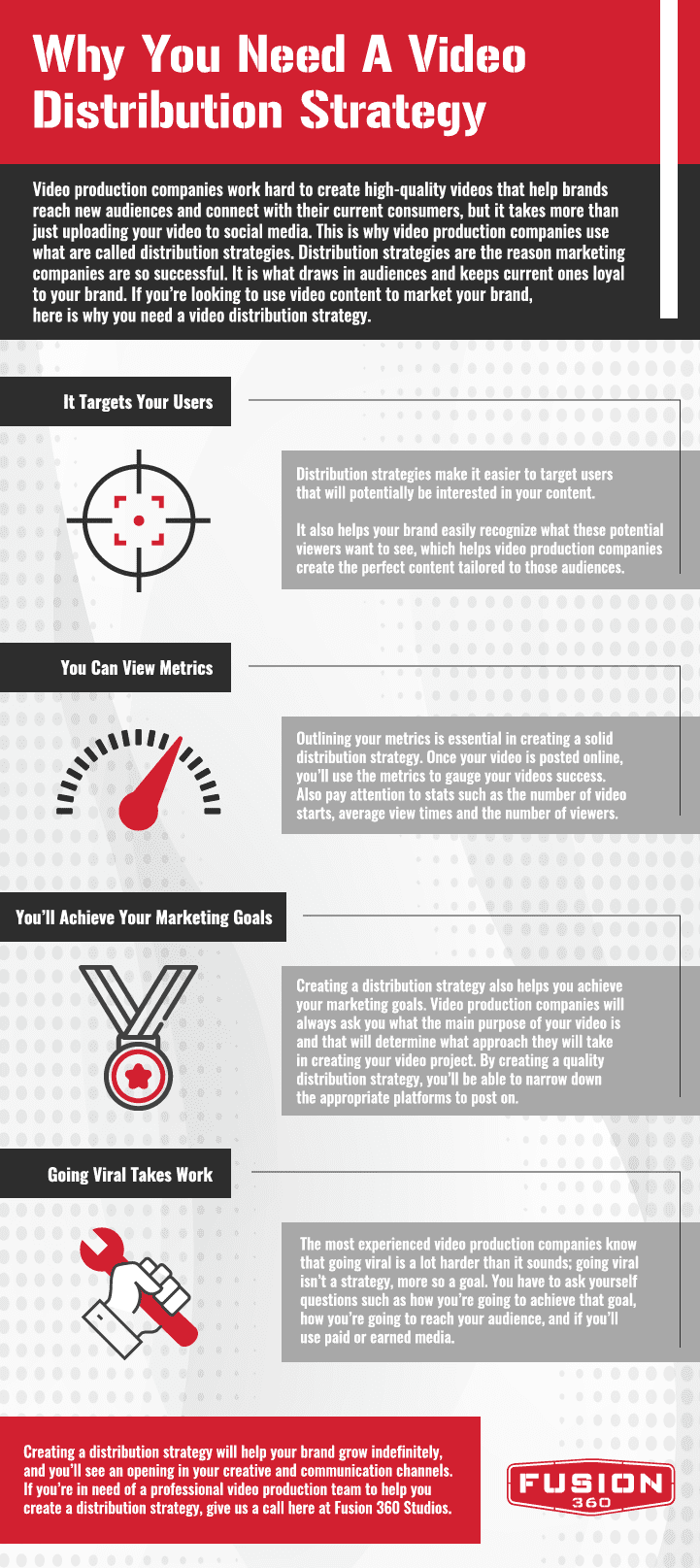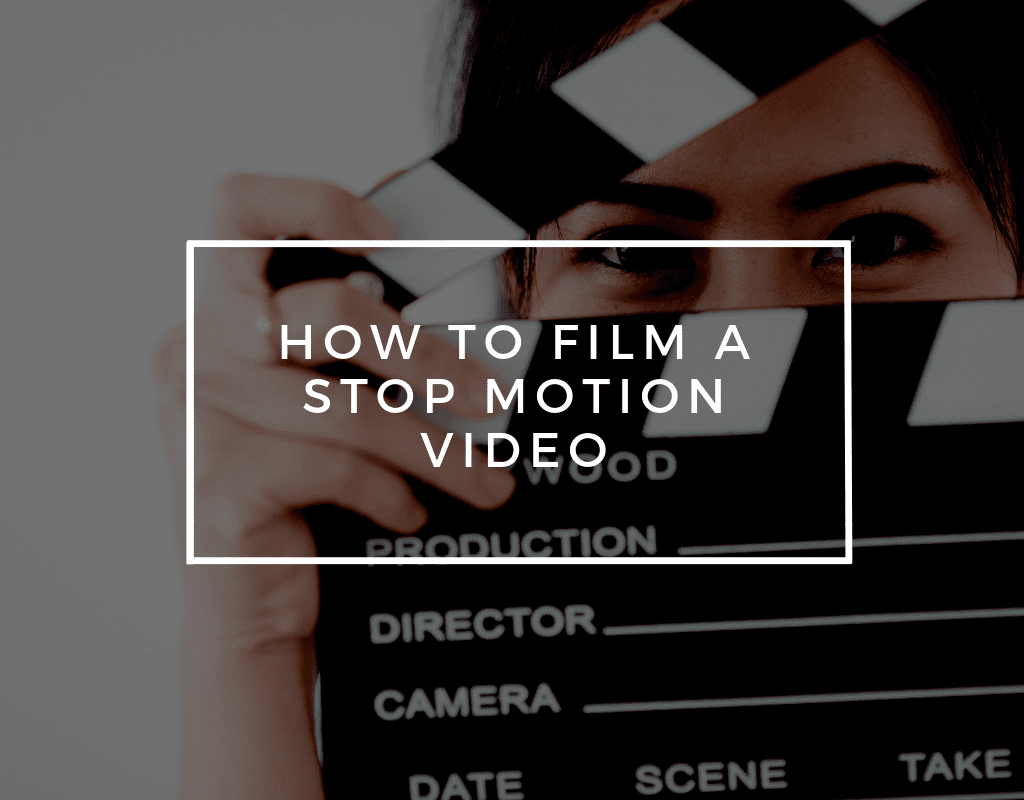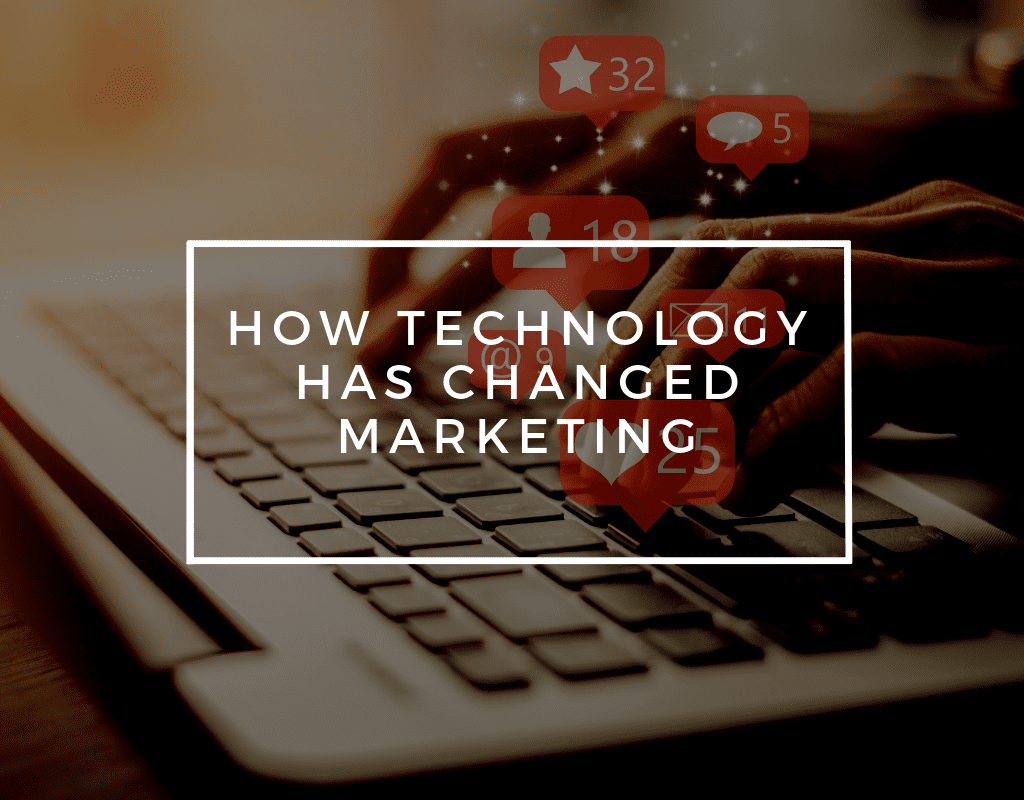
As a marketing agency, we understand that a lot of companies have their own marketing department, but does that mean that they will never need the help of an agency like ours? Absolutely not. Here are four reasons your in-house marketing team will need the assistance of an outside marketing company.
During Turnover
The first and absolute, no arguments about it, time that an in-house marketing department will need to outsource some of their work is during turnover. No matter how successful or unsuccessful your business is, every company experiences times where they have parts of their staff leave. Once one or two individuals on your marketing team take their careers elsewhere, the workload does not wait for your team to rebuild. In these moments, a marketing team can temporarily turn to a marketing company to help fill in the gap.
During a Surge of Work
There are moments when your team might confront special projects, annual reporting, or a major rebranding phase. At these times, an internal team can find their hands full with additional research and work that adds on top of their daily 9-5 work. To help your team avoid late hours and high amounts of stress, outsourcing your work will ensure that all the routine work is finished in a timely manner and the special projects get the focus and work that they need. Instead of an entire team feeling overwhelmed, it’s much easier to simply rely on the help of a marketing company.
Additional Knowledge and Specialties
An in-house marketing team is likely to have the talent they need in order to run their social media platforms, create strategies to increase their list potential clients/consumers, and even continue to develop their website or app, but what about other marketing specialties? You can find an assortment of marketing companies that provide you with additional abilities that your team doesn’t have but needs. Specialties such as SEO work, radio advertisement, or video productions are just a few examples of additional marketing skills that an outside marketing company can give you. Like we said, you may have talented individuals that can create plans and strategies, but there are other areas that you will want to rely on the experience and knowledge of others.
An Outsider’s Vision
Along with the additional knowledge and specialties that an outside agency might give you, they can also give you a new perspective. While your company and its employees may know their own selling point, content and functions unlike anyone else, this can sometimes blind you. After years and years of coming up with new ideas for the same product, the results might become redundant and need a fresh look. An outside marketing company could give you a new idea that your company really needs, but without taking the chance to outsource your work, you will miss out on the opportunity.
Whether you have a large marketing team or not, you can always find a need for a marketing agency. If you need any additional knowledge, specialty or perspective, don’t hesitate to contact us, Fusion 360.
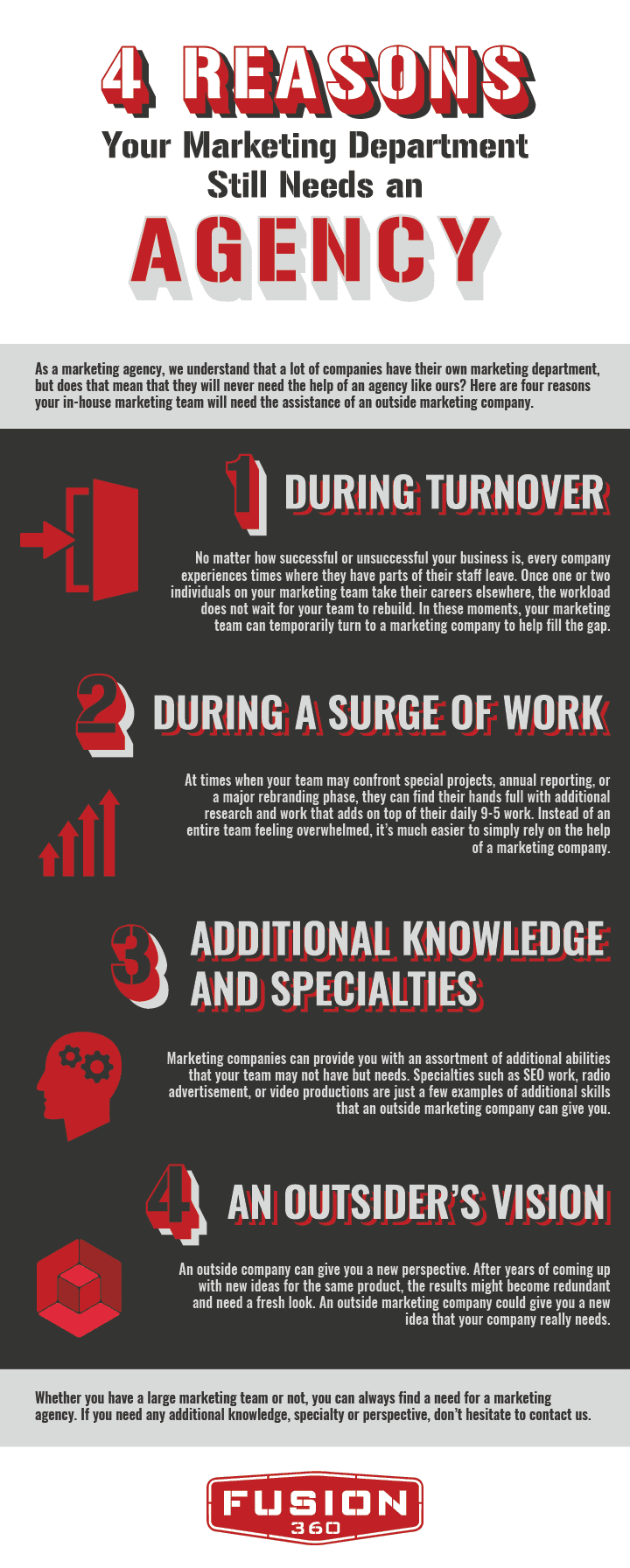




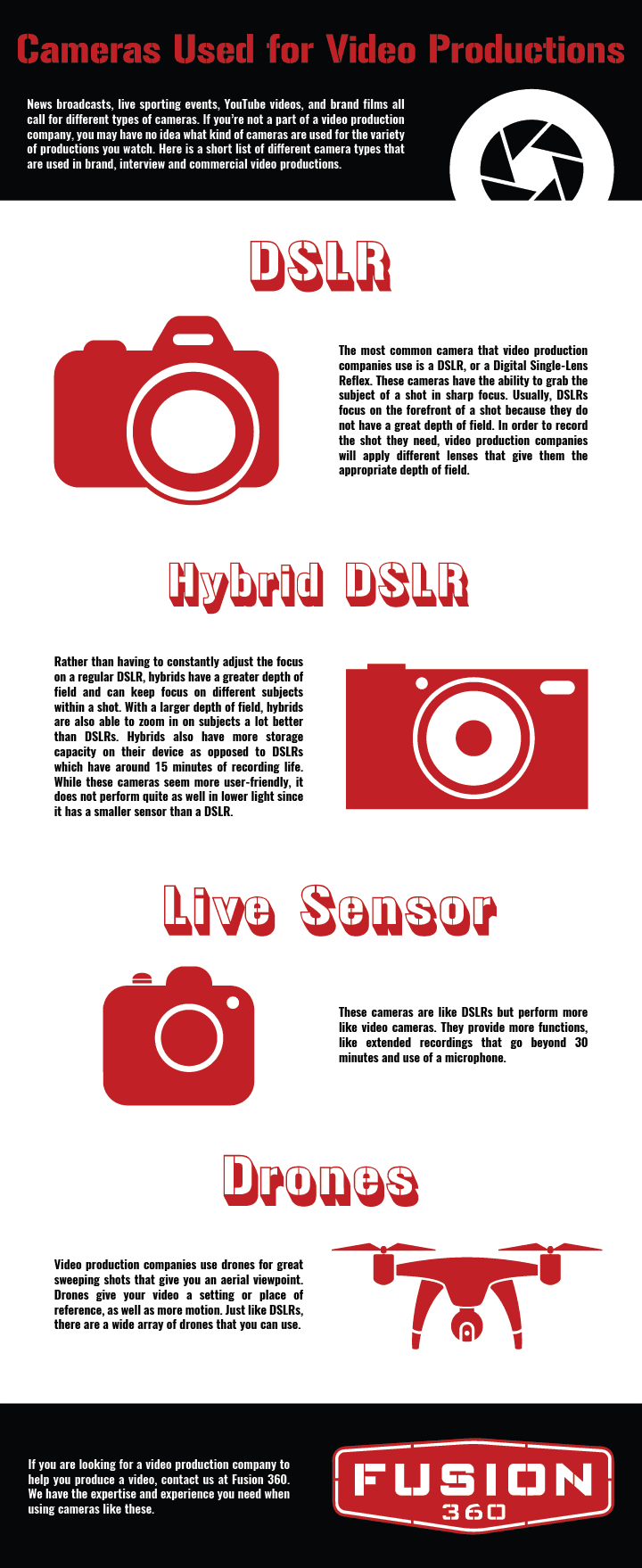

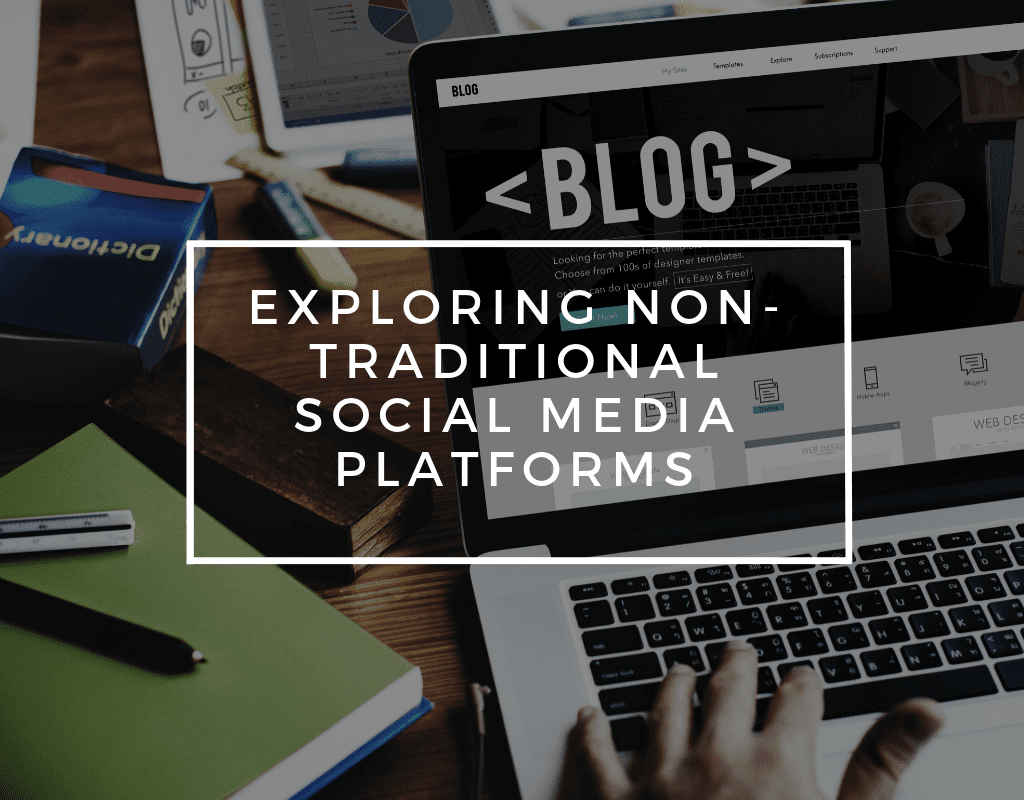

 Facebook
Facebook
